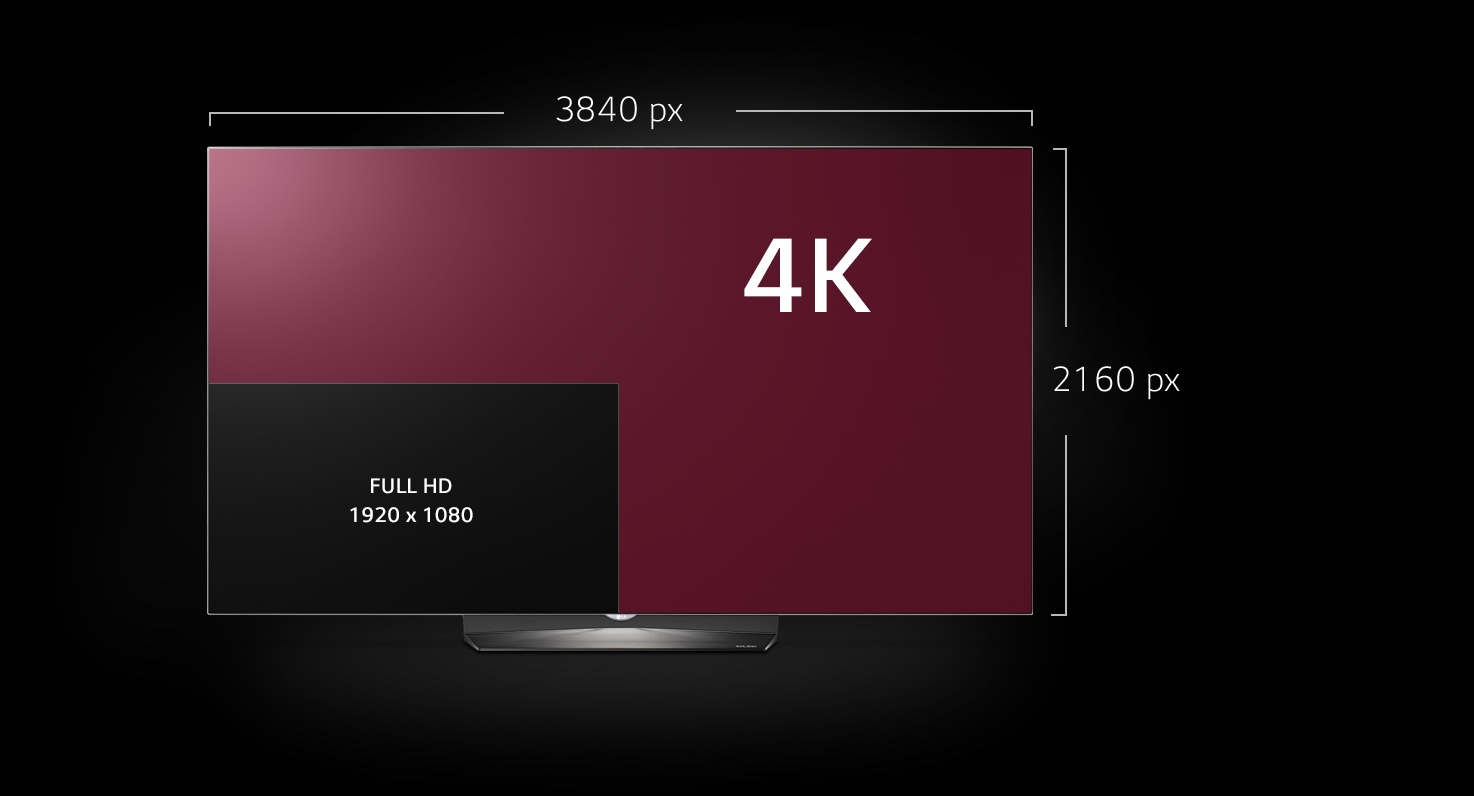
In the world of TVs, an OLED TV is the best of the best. There are a lot of reasons OLED is so popular, but if you’re shopping for a TV and you’re not sure why OLED is different or what it even is, this article will help. Here’s everything you need to know about OLED TV.
What is OLED TV?
OLED isn’t a brand of TV, it’s a type of TV backlight technology. TVs need light to provide the picture you see on the screen. The light behind a TV panel is called a backlight. LED TVs, the most common type of TV, use large light emitting diodes to provide the backlight for the panel.
OLEDs use their own technology to light up an OLED panel. The lights used are small, electrically-conductive nibs called organic light emitting diodes. They are made of crystals and are suspended in liquid between two sheets of material. When an electric current passes through the liquid crystals, they light up. OLED crystals don’t need any other type of backlight to work, and they can light up the pixels on your display individually.

Quantum OLED is here
OLED is evolving too, and some of the latest models pair QLED technology with OLED backlighting. QLED stands for quantum dot light-emitting diode. Quantum OLED, also known as QD-OLED, adds a layer of quantum dots over the OLED backlight.
The easiest way to understand this new technology is that the layer of quantum dots is an enhancement for OLED. It adds colour and brightness to a TV that already has spectacular image quality. The latest QD-OLED TVs are available now, and you can take a look at my review for an idea of how outstanding the picture quality is on this new display.
Differences between LED vs LCD vs OLED

Now that you know what OLED is, we can dig into how it is different from LED or LCD TVs. If you go back in time to the 1960s or 1970s, TVs used cold-cathode fluorescent lights to provide the backlight for your TV. This type of TV tech was used until the mid-2000 when the standard became LED.
As I mentioned before, LEDs are small light-emitting diodes that make up the backlight of a TV. While the terms LED TVs and LCD TVs seem to describe different TVs, they are actually the same thing. LCD or liquid crystal display is a type of flat panel TV technology, but LCD is not a backlight. LEDs provide the backlight for an LCD TV.
OLED is an evolution of LED backlighting in that they both light up the pixels that generate the images on your TV. Pixels are tiny dots that contain red, green, and blue colours. Depending on the resolution of your TV, your TV could contain millions of pixels. For example, an 8K TV has 33,000 million individual pixels, while a 1080p TV has 2,073,600 individual pixels.
An LED backlight generally lights up pixels in groups, but an OLED can light up pixels independently. With OLED each pixel on the TV is lit up individually and can turn off and on individually. OLED is ultra-tiny too, measuring about 100 nanometers in length. LED lights are much larger. Because OLED is so small there is less tech to pack into the back of the TV. That means they can be thinner than other LED TVs, have a wider viewing angle, and require less electricity to operate.

Benefits of OLED TVs
The benefits of having an OLED TV are visible from the moment you turn it on. If you put an OLED side by side with an LED TV, you would immediately see the difference in picture quality and design.
OLED have better contrast ratio

OLED TVs have a better contrast ratio than LED TVs. The contrast ratio is the difference between the minimum and maximum brightness on a TV, so essentially the difference between the TV’s ability to even out bright white light and produce deep, dark black. LED TVs light up clusters of pixels that can’t turn off, so black can look grey-ish and white can seem too bright.
With an OLED that lights up individual pixels, white is as bright as possible and can be controlled so it can dim if needed. Blacks are true black because when the display needs black, the pixels turn off.
OLED TVs are thinner
OLED backlighting requires less space as the diodes are so small. Because they are so small the TV needs less room for lighting in the back of the display, and that means TVs can be thinner than ever before. OLED TVs also have better viewing angles, with some offering 160 or 170-degree viewing angles. If you watch from the side of the TV, you’ll have the same viewing experience as if you were sitting right in front of it.
OLED TVs have more pixels
OLED TVs can pack more pixels into the display, and a standard model may have 10,000 pixels per inch. As a result, OLED TVs can handle resolutions like 4K and 8K and they are available in larger sizes than LED TVs too.
Resolution and OLED TVs

Resolution is a TV term that refers to the number of pixels your TV has. If you have a 55-inch TV and it has 1080p resolution, you would have 2 million pixels (1920 x 1080) in the panel. The same size 4K TV would have eight million pixels (3840 x 2160), and an 8K TV has 33 million pixels (7680 x 4320). Because the 1080p panel has so few pixels, images look stretched across a bigger screen.
Long story short, more pixels means better picture quality. With a 4K or 8K OLED TV, there are enough pixels for superior image quality, so you can choose larger panel sizes because of pixel density. Since the pixels are controlled individually with OLED, the image quality, colour, and contrast will also be better than anything you’ve ever seen.
What brands make OLED TVs?
OLED TVs are made by Sony, LG, and Samsung, who recently released their first QD-OLED TV. You can see a chart below of the different types of OLED TVs you can find at Best Buy.



